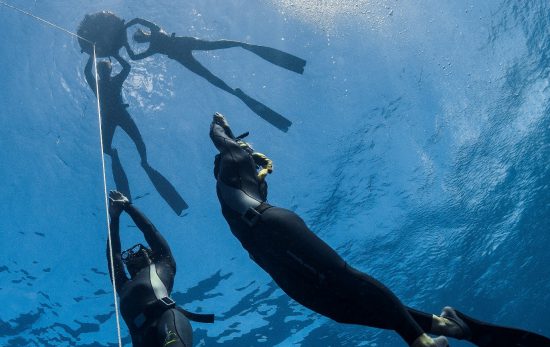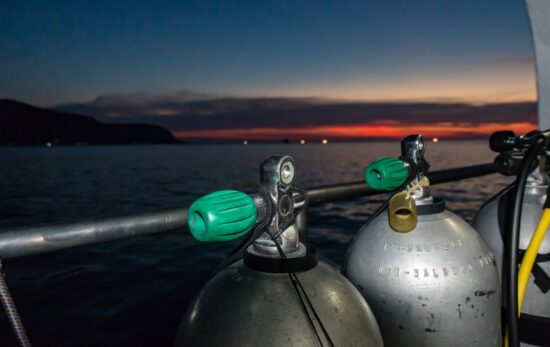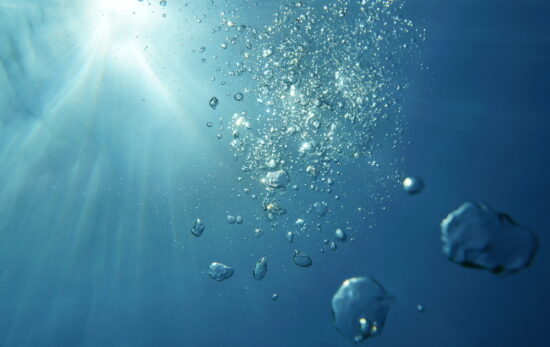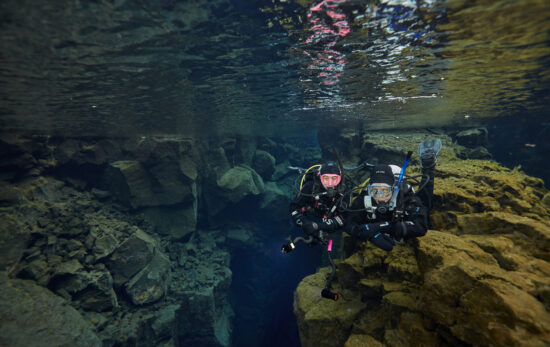Whether you’re diving tropical coral reefs or frozen lakes, the right exposure protection is essential. There are dozens of options designed to protect and keep you warm, but let’s start with the basics: what is the difference between a wetsuit and a dry suit?
Visit Scuba Diving Magazine for everything you need to know about dry suits all in one place, including buyer’s guides, head-to-head reviews and how-to guides.
While the clue is in the name (wetsuits stay wet, drysuits keep you dry), there’s much more to compare:
- Wetsuits are simpler, easier to move in, and suited to warmer water
- Drysuits are best for cold water but need extra training and maintenance
From cost to comfort, keep reading to learn the differences between a wetsuit and a drysuit.
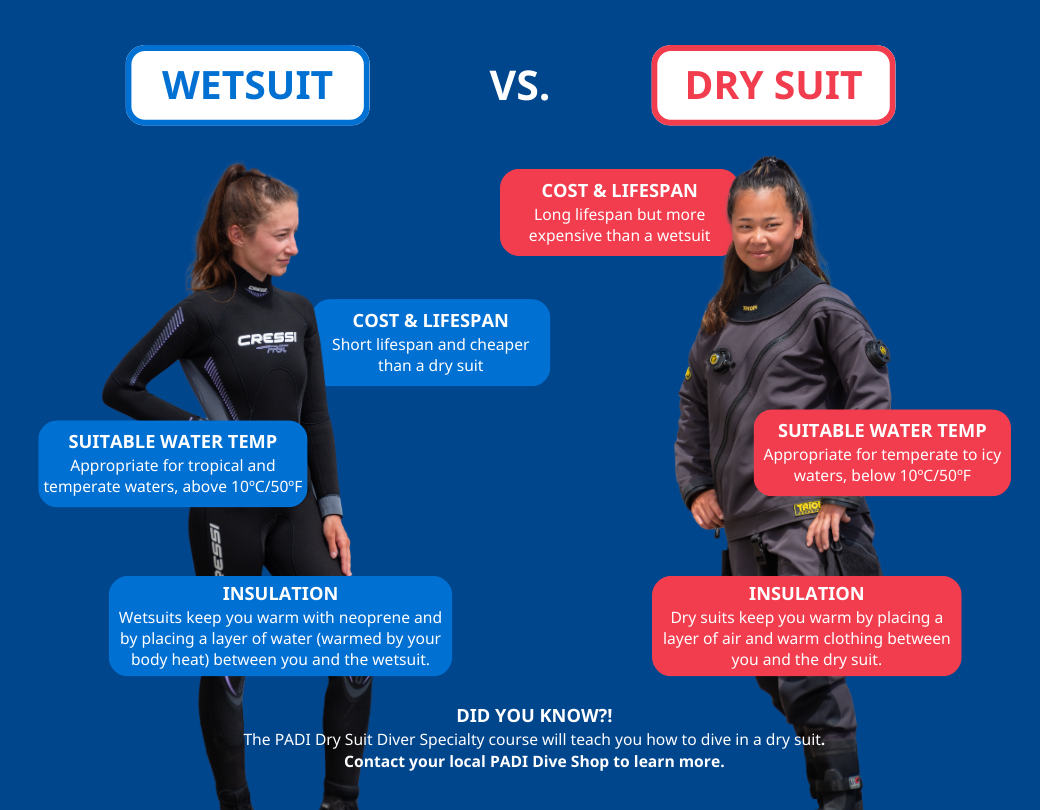
What is a wetsuit?
Wetsuits trap water between your skin and the suit, which is then warmed by your body heat. A ‘semi-dry suit’ won’t actually keep you dry, but wrist and ankle seals help lock in that layer of water. Both types must be skin tight to prevent cold water from ‘flushing’ away the warmth.
Wetsuits are typically made from neoprene, come in different styles (from shorties to full length), and range in thickness (the most common thicknesses being 3mm, 5mm, and 7mm).

What is a dry suit?
A drysuit is looser fitting and uses air to insulate instead of water, which reduces heat loss more than a wetsuit. With the addition of thermal clothing, you’ll feel warmer during dives.
How do dry suits keep you dry? Generally made from waterproof neoprene or trilaminate material (membrane), a drysuit keeps water out with wrist and neck seals, a waterproof zipper, and integrated drysuit boots or socks. Built-in valves let you add or remove air while diving.
The differences between a wetsuit and a dry suit
Beyond using one for warm water and the other for cold water, there are many differences in the construction and uses of wetsuits and drysuits.
Keeping warm — a dry suit vs wet suit
The main difference between a wetsuit and a drysuit is their suitability in warm or cold water. Depending on thickness and personal tolerance, wetsuits are popular across tropical and temperate destinations. However, chillier temperatures below 10ºC/50ºF demand the added protection and warmth of a dry suit. In fact, they’re mandatory in ice diving hotspots, like Silfra!

What to wear under a dry suit or wetsuit
A drysuit’s warmth depends on undergarments, and divers can flex their choice of clothing to suit the temperature. Bring out the extreme thermals for winter ice diving, or opt for a thin base layer during summer. On the other hand, wetsuits don’t have space for additional insulation beyond a rash vest. For this reason, dry suits can adapt to a wider range of climates and seasons.
Training
One important difference between a wetsuit and a dry suit is the need for proper training (such as the PADI Dry Suit Diver course). A wetsuit is simpler: put it on, adjust your weighting to compensate for the thickness of the neoprene, go on your dive — but you need extra skills to use a dry suit safely. Like your BCD, mask, lungs, or any other air space, the air inside a dry suit compresses or expands as you change depth. Learning how to counter these effects is key to maintaining your buoyancy and comfort.
Size and weight matter
If you’re switching from a wetsuit to a dry suit, you may have to wear a larger BCD, weight belt and fins to accommodate the differences. You will also need to learn how to adjust the amount of weight you need to compensate for the layer of air inside which can vary depending on what type of undergarment you choose to wear.
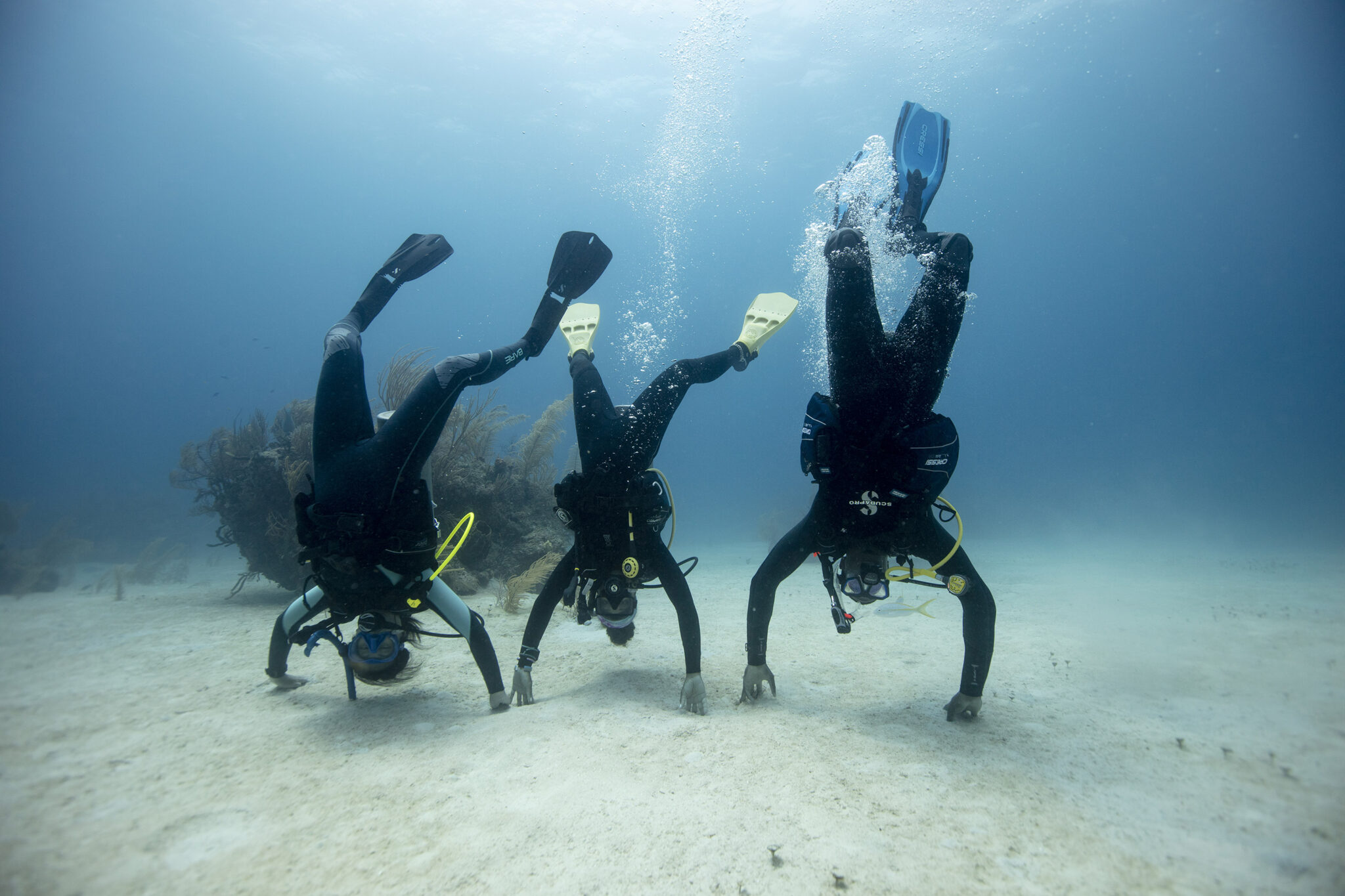
Flexibility and movement
While most wetsuits allow you to move about freely, drysuits can feel bulkier and more restrictive. Hovering upside down? Great fun in a wetsuit, not so much in a dry suit. The air inside a dry suit always migrates to the highest point; if that’s your feet, you’ll risk getting stuck (or even ascending) upside down — another reason why learning dry suit skills is a must.
Which is more comfortable?
Here, the difference between a wetsuit and a drysuit depends on your definition of comfort. For example, a wetsuit is perhaps easier to swim and move around in but is arguably harder to put on and take off. A dry suit keeps you warmer (especially between dives) but isn’t as convenient when it comes to, ahem, peeing…
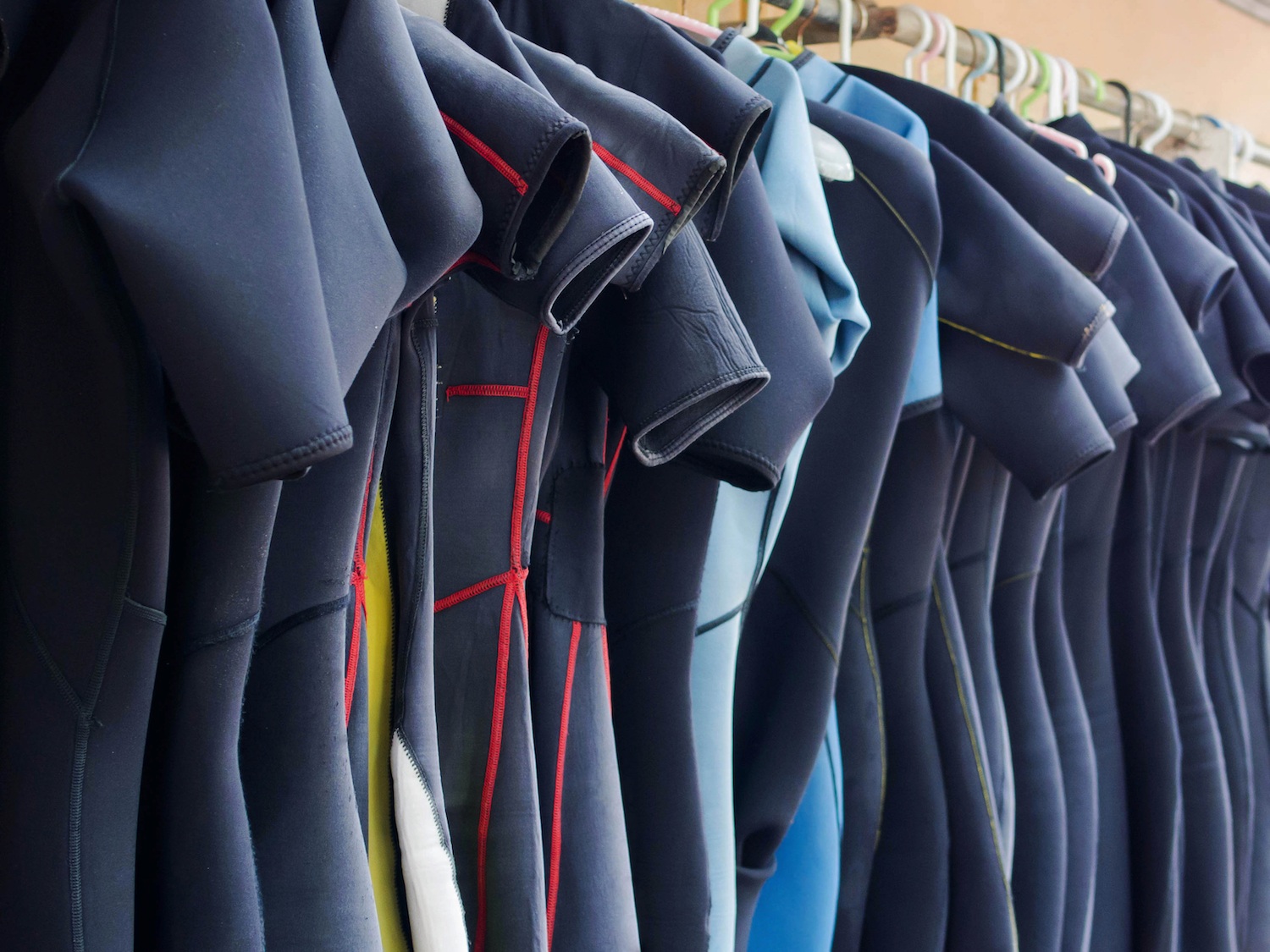
Cost and lifespan
Being more complex, scuba dry suits are usually more expensive than wetsuits. That said, a premium wetsuit could cost as much as an entry-level dry suit! If price is a factor, then bear in mind a wetsuit might need replacing or recycling after five years, but a well-maintained drysuit can easily last three times as long.
Maintaining a wetsuit or dry suit
Another difference between wetsuits and drysuits is post-dive care. A wetsuit requires only fresh water (perhaps some wetsuit shampoo) and sensible storage after diving. A drysuit is the same but also needs regular zipper lubrication plus occasional repairs or replacements: boots, seals, and zippers all perish over time. Without proper care, a drysuit will become an unpleasant, not-so-dry suit!
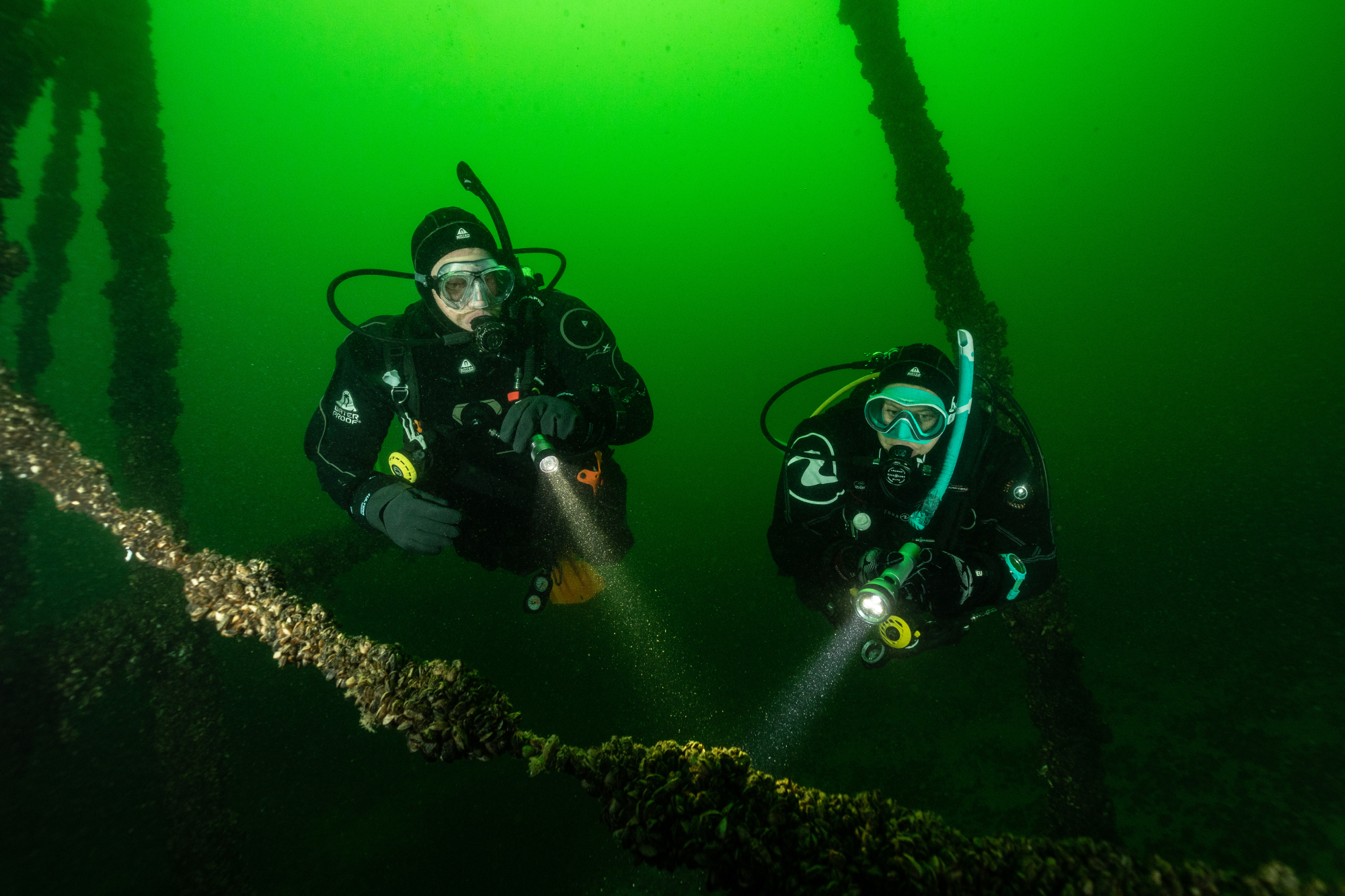
Scuba diving in a wetsuit versus a dry suit
Drysuit diving is very different from diving in a wetsuit. For example, you have to:
- Manage the air inside your dry suit as well as your BCD
- Inflate the drysuit to prevent ’squeeze’ as you descend
- Turn your shoulder and/or raise your arm to dump air from a drysuit when ascending
- Remember not to turn upside down in a dry suit, otherwise you might get ‘floaty feet’
These differences — and knowing how to adjust your diving technique for them — are why training courses such as PADI Dry Suit Diver are essential if you’re interested in dry suit diving.
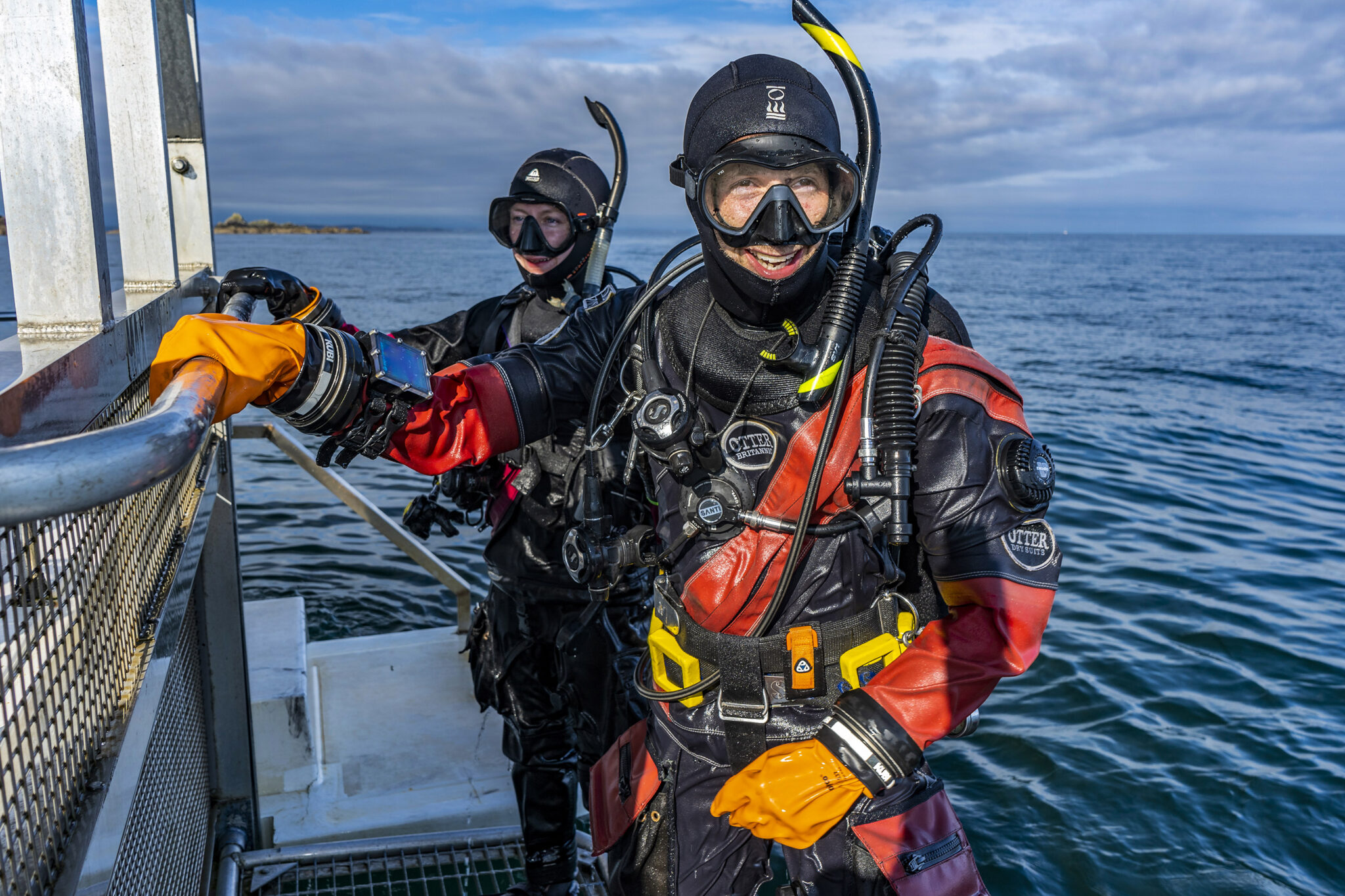
PADI Dry Suit Diver
The PADI Dry Suit Diver specialty course will teach you what you need to begin to dive in a dry suit. Through interactive theory followed by a pool session and two open water dives with a PADI Instructor, you’ll learn:
- How to choose drysuits and undergarments
- Fundamental drysuit skills — above and below the water
- How to control your buoyancy in a drysuit
- Ways to avoid common problems
- Basic care and repairs
Experience the difference between a wetsuit and a dry suit
Want to discover the difference between a wetsuit and a drysuit for yourself? Sign up for PADI Dry Suit Diver eLearning today, or visit a PADI Dive Shop to try out and buy your first dry suit. You’ll be ready to explore cold-water destinations in no time!
Related Reading:

